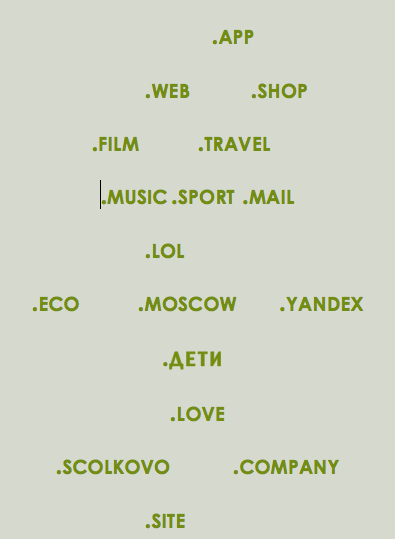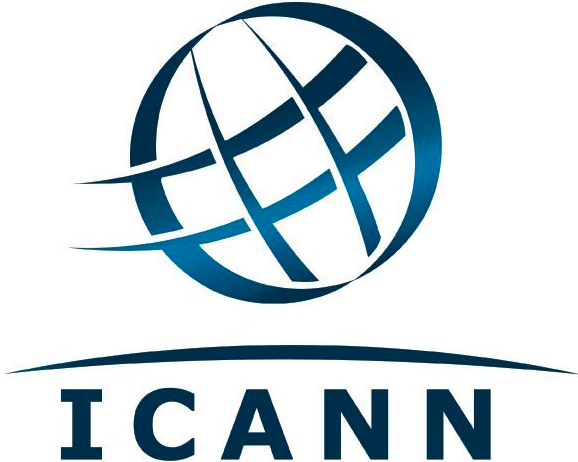By FREDERICK FELMAN
The internet is about to expand on a massive scale in 2013, and we can see the possible contours of that expansion with the recent release of the list of more than 1,900 applications for new generic top-level domains. When you consider that, currently, there are only 22 top-level domains — the portion of a domain name located to the right of the dot, the best known of which is “.com” — you can appreciate the impact that 1,900+ new ones will make on your brand’s digital presence.
Whether these new top-level domains (TLDs) are successful and embraced by consumers or not, brands need to plan how they will deal with this expansion now. ICANN, the non-profit responsible for overseeing the domain name system and orchestrating this historic expansion, has designated an “objection period” for reviewing the list of applications before the new TLDs open for business in 2013. This gives brand managers a much-needed chance to estimate how their brand will be affected — and the implications for 2013 budgets.
Understand how closed generics impact your brand
The first step for brand managers is to understand the “true” generics — terms like “.film,” “.fashion,” “.sports,” and, yes, “.sucks.” All of these terms represent actual applications that have been submitted; in fact, almost half the 1,900-plus applications are true generics, many of which come from entrepreneurs who hope to build businesses around offering the public the ability to register a domain name to the left of the dot, such as “brand.fashion,” “brand.sports,” or, yes, “brand.sucks.”
There is a particular wrinkle to the generics: the “closed” TLD — a type of TLD in which the ability to register domain names is at the discretion of the TLD operator. Some brands have chosen to apply for generic terms in their business category, and it is unclear at this point if those TLDs will be available for registration by competitors within the category or only to internal groups, partners, resellers, or, perhaps, fans.
What if a single company wins a TLD for a category of business and decides to restrict the ability to register a domain? For example, what if your company manufactures cameras and a competitor applied for .camera? Would you be able to register your brand in that TLD (i.e. “yourbrand.camera”)?
The question of whether a generic term will be operated as a closed registry, blocking other brands in that category from setting up a domain within it, is a valid competitive concern — one that needs to be addressed now, during the objection period. The “rules” defined by ICANN for filing objections allow organizations representing communities to object, but not individual companies. For brands, your trade organization needs to file any necessary objections — and with a 60-day period, it is crucial to start the process.
Scope the effect of open generics on your brand’s digital presence
The next step for brand managers is to examine the generics that will be offered by entrepreneurs who plan to “open” domain name registration in that TLD to the public. Do those generics represent an opportunity for the brand or another potential headache from cyber squatters and scammers who steal brand-bound traffic? Given the wide variety of open generics, it seems inevitable that domain portfolios will be burdened with additional defensive domain registrations, especially when you consider that, on average, large companies see about 80 percent of their portfolio dedicated to defensive registrations.
Even if only 20 percent of the open generics make sense for your brand, registering domains names in hundreds of new TLDs isn’t economically feasible, especially when you consider all the permutations involved — your corporate name, product and service names, titles of movies, books, software or games, names of corporate officers. Now is the time to purge your existing portfolio of domain names that no longer justify their expense, so that, if necessary, you can afford to register key terms in any new TLDs that make sense for your brand.
Scrutinize your domain name portfolio
What’s the best way to pare back your portfolio? Criteria may include domains which were registered, but never used, or products or services that were never launched. Perhaps internal policies or business practices have changed, yet your domain portfolio doesn’t reflect those changes. Are there countries where you are not doing business but are still carrying domains for defensive purposes? Are there domain name variations that receive little or no traffic and no longer justify the expense of carrying them?
Make sure that you also evaluate domains that are no longer useful for promoting or defending your brand. Semantic terms fall in and out of favor as culture evolves, and a term that was useful five years ago may no longer draw traffic or cause concern. Do keep domain names that would incur high recovery costs if circumstances change and you find the name is needed after all.
Also, be sure to keep any domain names with a high likelihood of squatting to preempt scam artists from monetizing your traffic by luring your customers to shady net neighborhoods. For example, these days, every consumer is looking for a good buy, and domain names that include terms like “outlet,” “cheap,” or “wholesale” are extremely attractive to cyber squatters. They know that consumers are using these terms when searching for the best deals, even on expensive luxury goods like jewelry and watches.
Develop clear policies
In addition to reviewing your domain portfolio, this is also a good time to review domain management policies. Make sure to identify the individuals who are permitted to request, approve, and modify registrations. The latter point is especially important as we’ve seen cases in the last year of “hacktivists” targeting familiar domain names and modifying registration details to make a political or social point.
Be sure that you have policies that determine when new domain names should be registered. These conditions may include product launches and campaigns or the liberalization of country code TLDs (ccTLDs). Finally, your policy review should provide domain registration guidelines for important brand variations, common misspellings, or even combinations of terms, such as “brandshop” and “shopbrand.”
Whether this historic expansion provides new promotional opportunities for your brand, requires additional defensive measures to protect it, or is a non-event, the big winners will be the brands that use this opportunity to create a stronger association between their brand and their web presence.




